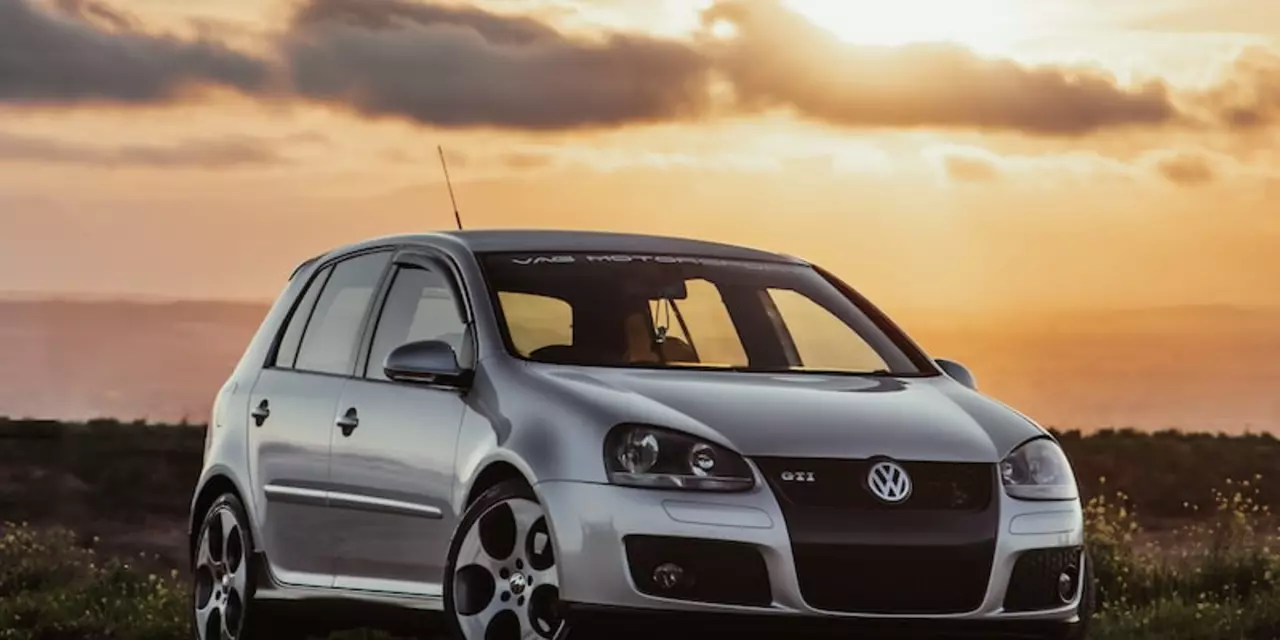Racing Cars – Everything You Need to Know
If you love the roar of engines and the smell of burnt rubber, you’re in the right place. This page gathers the most useful info about racing cars, especially the rally‑style beasts that dominate dirt, snow, and gravel stages. Whether you’re a teen dreaming of your first rally, a seasoned driver looking for handbrake tips, or just curious about why some cars are FWD, we’ve pulled together clear answers and real‑world advice.
Off‑road basics and tech
Rally cars aren’t street sedans that you park in a garage. They’re built to jump over rocks, slice through mud, and hug icy corners. A key reason they can do that is the drivetrain layout. Front‑wheel drive (FWD) cars often feel more predictable because the weight sits over the driven wheels, giving decent traction on loose surfaces. Still, RWD and especially 4WD dominate the toughest stages because they spread power more evenly. The choice really depends on the terrain you’ll face.
Another must‑know piece of equipment is the hand‑brake. Rally drivers use it to lock the rear wheels for quick slides around tight corners. It’s not just a gimmick; it lets you control yaw and keep the car on the line when the road disappears under you. If you’re practicing on a local club stage, start with gentle hand‑brake turns on a low‑grip surface and work up to faster entries.
Ever wondered why rally cars look so rugged? They’re stripped down to the basics—lightweight chassis, roll cages, and turbocharged engines that can push 300+ hp. Group B cars in the 80s were the epitome of raw power, but they were banned after a series of fatal crashes. Safety standards have risen since then, but the thrill of a 180‑mph sprint on a mountain road is still very much alive.
Driving tricks and safety
Beyond the hand‑brake, two sticks in your cockpit matter most: the gear lever and the steering wheel‑mounted paddle shifters (or the classic shifter for vintage rigs). Mastering smooth gear changes keeps the engine in its power band, which is crucial when you’re climbing a steep hill or launching out of a tight hairpin.
The co‑pilot (or navigator) is another secret weapon. They read pace notes that describe every upcoming turn, bump, and surface change. A good co‑pilot tells you “left 3 over crest, loose” seconds before you hit it, letting you adjust speed and line without guessing. If you’re starting out, find a friend who can practice reading simple notes and you’ll see performance jump instantly.
Safety is non‑negotiable. Always wear a certified helmet, install a five‑point harness, and keep a roll cage inspected regularly. Simulated dirt rally games can help you learn car control without risking your life or your car. Many pros say that practicing on a good simulator builds muscle memory and lets you test new techniques before hitting the real stage.
Got a question about speed? Most modern rally cars top out around 130 mph on mixed terrain, but on straight, smooth sections they can hit 180 mph. That speed comes with a lot of G‑force, so a strong core and good seat positioning help keep you stable.
Whether you’re planning to join a rally in India, sign up with a teen club, or just want to understand why a hand‑brake slide feels so satisfying, the basics above give you a solid foundation. Keep checking this tag for fresh news, new driver tips, and deeper dives into the world of racing cars. Happy driving!

Why are dirt rally racing cars always hatchback?
Dirt rally racing is a type of motorsport that involves driving cars on unpaved roads. Hatchback cars are the most popular choice for this type of racing because of their superior handling, traction, and maneuverability. They also have a low center of gravity and are lightweight, making them ideal for navigating difficult terrain. Additionally, hatchbacks have a wide range of engine sizes and are easy to modify and tune for better performance. Their affordability and accessibility also make them a great choice for dirt rally racing.